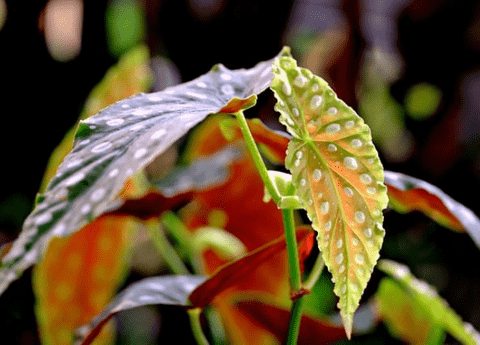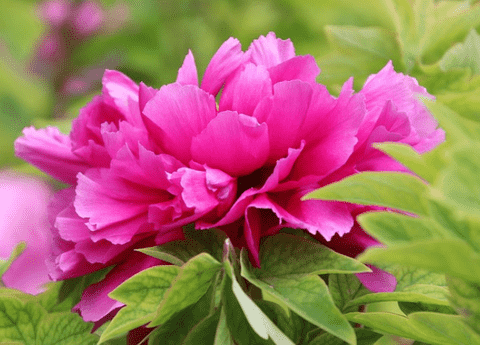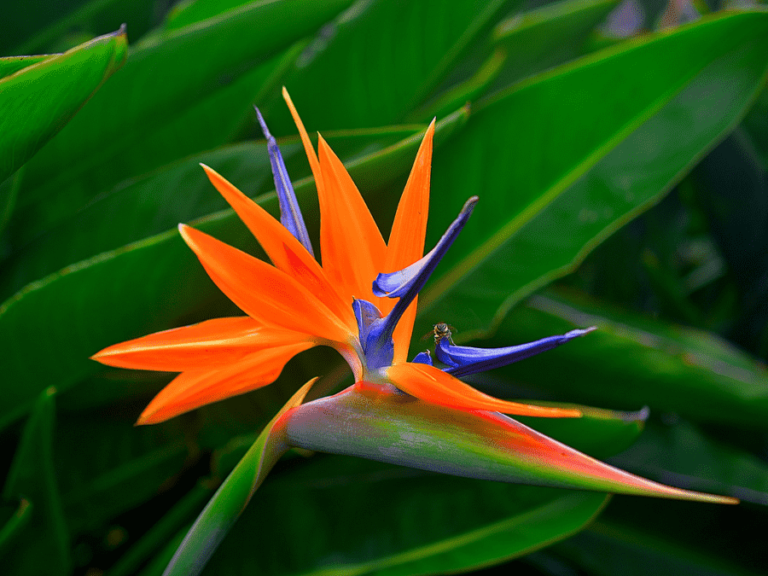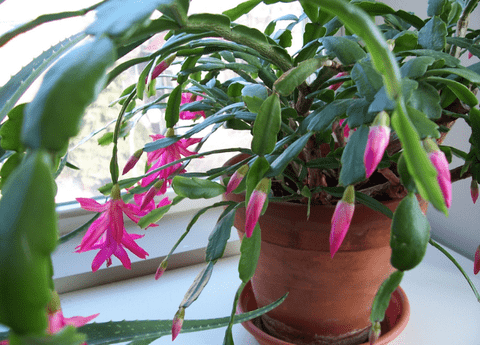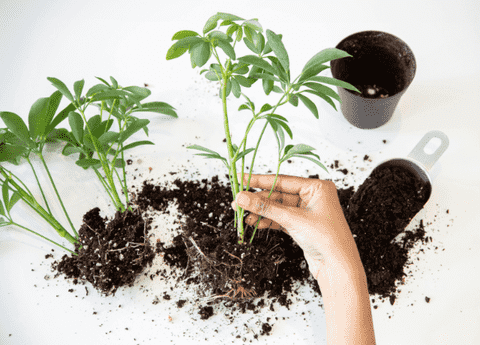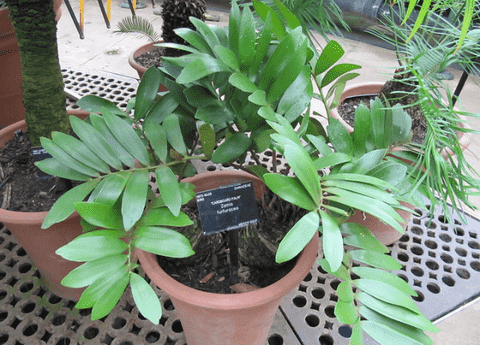Begonias: Beginner’s Guide to Growing Begonias in Your Garden
Table of Contents
Begonias are a versatile and vibrant addition to any gardener’s repertoire, offering a splash of color and lush foliage that can transform your garden into a visual delight. Known for their striking flowers and variety of leaf shapes, begonias are relatively easy to grow, making them an ideal choice for both novice and experienced gardeners. In this guide, we will delve into the essentials of cultivating begonias, covering everything from planting techniques to maintenance tips. Join us as we explore how to nurture these stunning plants and elevate the beauty of your garden.
Choosing the Right Begonia Varieties
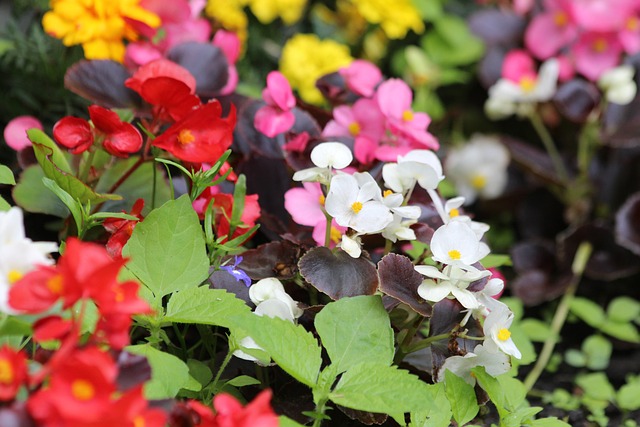
Popular Begonia Types
When selecting begonias for your garden, it’s essential to know the popular varieties that thrive in different conditions. The three main types are Wax Begonias, Tuberous Begonias, and Rhizomatous Begonias. Wax Begonias are known for their durability and ability to bloom in both sun and shade, making them a versatile option. Tuberous Begonias, with their large, vibrant flowers, are ideal for hanging baskets and pots, providing a stunning display of color. Rhizomatous Begonias, on the other hand, are prized for their ornamental foliage, offering unique leaf shapes and patterns that add texture to any garden. By understanding the characteristics of these popular types, you can choose the best begonias to suit your garden environment and aesthetic preferences.
Climate Considerations
Understanding your local climate is crucial when choosing the right begonia varieties for your garden. Begonias generally prefer warm, humid conditions and thrive in USDA hardiness zones 9 to 11. If you live in a cooler region, consider growing begonias as annuals or using them as indoor plants during the winter months. Tuberous Begonias are particularly sensitive to cold and need protection from frost, whereas Wax Begonias can tolerate a broader range of temperatures. Additionally, ensure that your begonias are planted in a location that receives partial shade to protect them from the intense midday sun, which can scorch their delicate leaves. By considering your climate, you can create an optimal growing environment that encourages healthy, vibrant begonia growth.
Where to Purchase
When it comes to purchasing begonias, you have several options to consider. Local garden centers and nurseries are excellent starting points, offering a variety of begonia types suitable for your region. These establishments often provide expert advice on care and planting, ensuring you select the best varieties for your garden. Additionally, online plant retailers offer a vast selection of begonias, including rare and exotic species that may not be available locally. Websites like Etsy, Amazon, and specialized plant nurseries offer convenient home delivery, making it easier to find the perfect begonias for your collection. Lastly, plant swaps and botanical garden sales can be great opportunities to acquire unique begonia varieties while connecting with fellow gardening enthusiasts. By exploring these purchasing options, you can find high-quality begonias that will thrive in your garden.
Planting and Care Tips
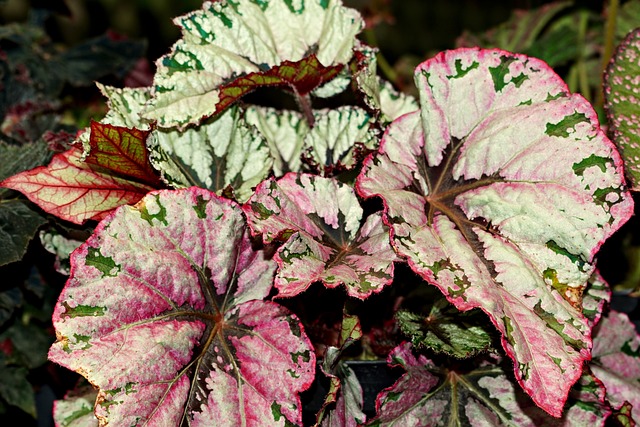
Soil and Potting Mix
Begonias flourish in soil that drains well yet retains enough moisture to avoid waterlogging. A high-quality potting mix designed for tropical plants or a homemade blend of peat moss, perlite, and vermiculite works best. The ideal mix should be light and airy, promoting good root development and preventing the risk of root rot. Avoid heavy, clay-based soils that can compact and restrict drainage. If you’re planting begonias in containers, ensure the pots have drainage holes to allow excess water to escape. Adding a layer of gravel or small stones at the bottom of the pot can further improve drainage. Regularly checking the soil moisture and adjusting your watering schedule as needed will help maintain the health of your begonias. By providing the right soil conditions, you create an optimal environment for your begonias to flourish.
Watering Guidelines
Proper watering is crucial for growing healthy begonias. These plants thrive in consistently moist soil but cannot withstand waterlogged conditions. Water your begonia plants when the top inch of soil feels dry to the touch. It’s best to water deeply, allowing the moisture to reach the root zone, and then let the soil dry out slightly before the next watering. Try to keep water off the leaves, as it can promote fungal diseases. For container-grown begonias, ensure the pots have good drainage and never let them sit in standing water. During the hotter months, you may need to water more frequently, while in cooler seasons, reduce the watering schedule to prevent overwatering. By following these guidelines, you can maintain the right moisture levels and promote healthy growth in your begonias.
Lighting Requirements
Begonias have specific lighting needs that are essential for their growth and flowering. Most begonias thrive in bright, indirect light. Direct sunlight, especially during midday, can scorch their delicate leaves, causing damage. If you’re growing begonias outdoors, choose a location with partial shade, such as under a tree or a shaded patio. Indoor begonias should be placed near a window with filtered light or sheer curtains to diffuse the sunlight. Tuberous Begonias, in particular, require some morning sun but should be shielded from the intense afternoon rays. On the other hand, Wax Begonias can tolerate more sun and are suitable for slightly sunnier spots. By providing the appropriate light conditions, you ensure that your begonias receive the necessary energy for robust growth and vibrant blooms.
Common Problems and Solutions
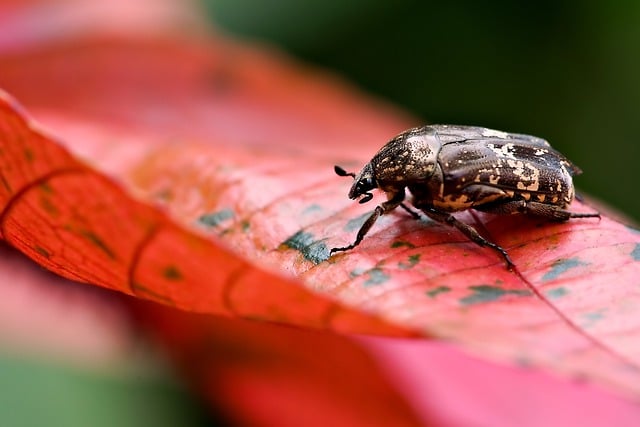
Pest Control
Begonias are susceptible to various pests that can affect their health and appearance. Some of the common pests include aphids, whiteflies, and spider mites. These insects can cause yellowing leaves, stunted growth, and general plant weakness. To manage these pests, regularly inspect your begonias for signs of infestation. If you notice any, you can use a gentle insecticidal soap or neem oil spray to treat the affected areas. Ensure thorough coverage, particularly on the underside of the leaves where pests often hide. For severe infestations, you might want to use a systemic insecticide. Additionally, maintaining good garden hygiene, such as removing dead leaves and debris, can help prevent pest problems. Keeping your begonias healthy through proper watering, lighting, and feeding can also make them less vulnerable to pests. By staying vigilant and using appropriate treatments, you can keep your begonias pest-free and thriving.
Disease Prevention
Preventing diseases in begonias is key to maintaining their health and beauty. Common diseases affecting plants include powdery mildew, botrytis, and root rot. These issues often arise from overwatering, poor air circulation, and high humidity. To prevent such diseases, ensure your begonias are planted in well-draining soil and avoid waterlogging the roots. Water the plants at the soil level rather than from above to keep the foliage dry. Good spacing between plants allows for adequate air circulation, reducing the likelihood of fungal infections. Regularly remove any dead or diseased leaves to prevent the spread of pathogens. If you notice any signs of disease, such as discolored or wilting leaves, treat the affected plants with a fungicide suitable for begonias. By following these preventative measures, you can keep your begonias healthy and minimize the risk of disease outbreaks.
Troubleshooting Growth Issues
Encountering growth issues with your begonias can be frustrating, but understanding the potential causes can help you address them effectively. Common growth problems include leggy stems, lack of blooms, and yellowing leaves. Leggy growth often results from insufficient light; ensure your begonias are getting bright, indirect sunlight to promote compact, bushy growth. If your begonias aren’t blooming, they may need more light or balanced fertilization. Applying a water-soluble fertilizer every few weeks during the growing season can encourage flowering. Yellowing leaves can indicate overwatering, nutrient deficiencies, or pest infestations. Check the soil moisture and adjust your watering schedule accordingly, ensuring the soil is well-draining. Inspect the plants for pests and treat them if necessary. By identifying and addressing these growth issues promptly, you can ensure that your begonias remain healthy and continue to enhance the beauty of your garden.

